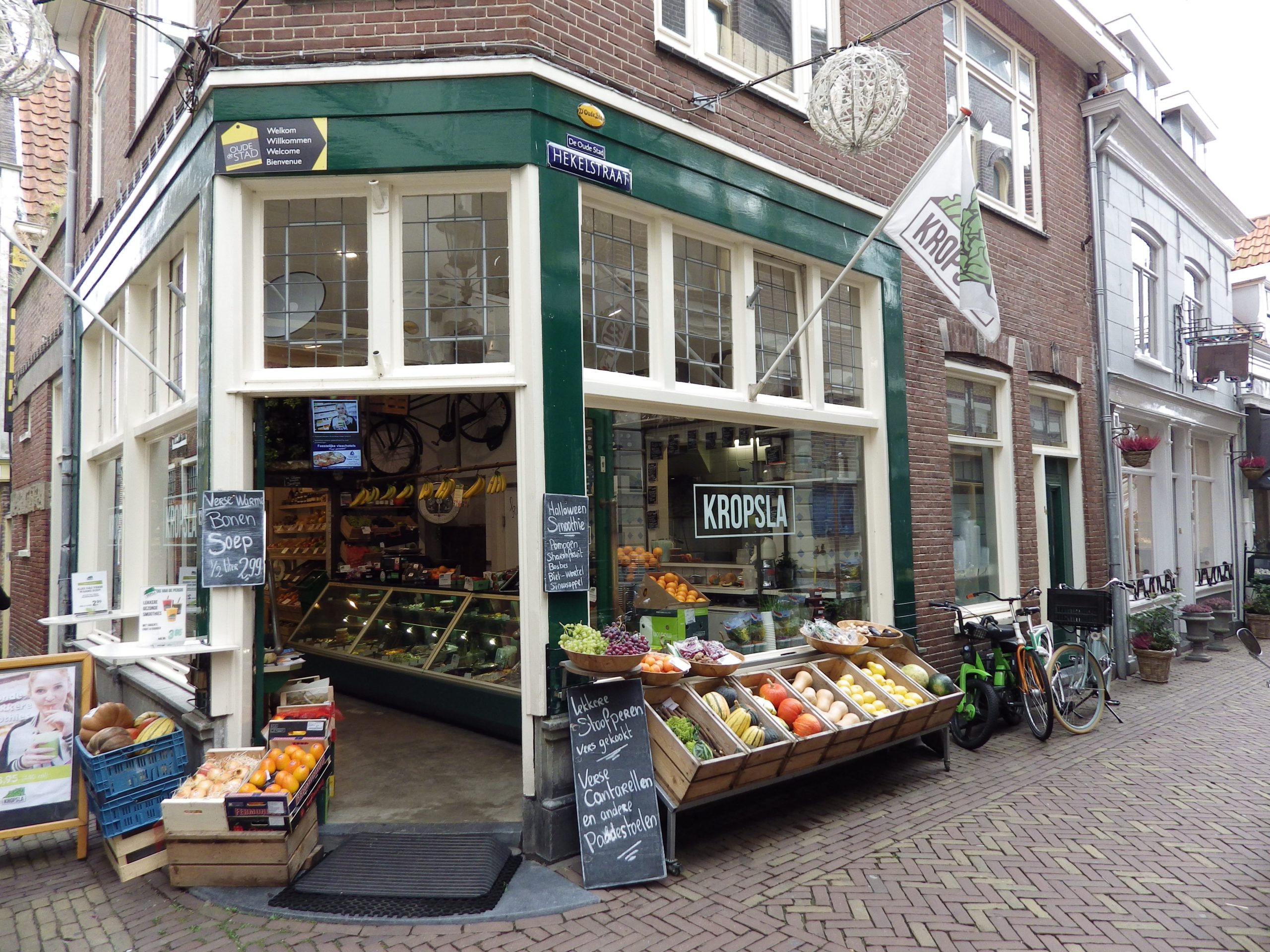Breakfast for a Dutch person typically consists of sliced bread with something sweet (e.g. butter and chocolate sprinkles) or savory on top (cheese or cold cuts). Traditional breakfast beverages are tea, coffee or orange juice. Some people like eggs for breakfast in all their variety of preparation methods. Some people will have muesli with milk for breakfast because it’s quicker. Hotels usually offer continental breakfast to your heart’s desire. As on all our tours, if we find anything lacking, we will supplement with e.g. eggs, yogurt, or fruit.
Lunch in the Netherlands is a rather quick affair – lunch break at work is normally around 30 minutes, so people usually only grab a quick snack. On tour, you will likely have lunch at a snack bar with fare such as croquettes (“kroket”), panini, fries, salads, etc. A lunch classic in Holland is a sandwich with raw herring and onion.
Dinner is the largest meal of the day and dinnertime is usually quite early starting at around 5-5:30 p.m. with kitchens closing as early as 8:30-9 p.m.
- A typical Dutch dish is “pannenkoeken”, a kind of pancake topped with savory ingredients like bacon and cheese. If you have a sweet tooth, make sure not to miss out on “stroopwafels”, 2 wafers with a delicious sweet filling.
- If you ask a Dutch person what they couldn’t do without in their diet, they will tell you: potatoes, of course!
- A much-loved potato-based meal is called “Stamppot”: mashed potatoes mixed with different ingredients. A classic version of this is called “hutspot” and will include carrots and onion.
- As the Netherlands used to have colonies in Indonesia, there will be an abundance of Indonesian restaurants around, if you need your hearty food a different way for a change.
- Of course we should not forget Holland’s strongest export products: Gouda cheese and Heineken beer.
- Of course we should not forget Holland’s strongest export products: Gouda cheese and Heineken beer.
Beer is popular and available in a wide variety. Tap water is excellent everywhere. You won’t see many people buy bottled water, unless it’s sparkling water.
Vegetarians and vegans will find plenty of options at restaurants and supermarkets. For people requiring a gluten-free diet, more and more restaurants are getting equipped to satisfy the increasing request.


